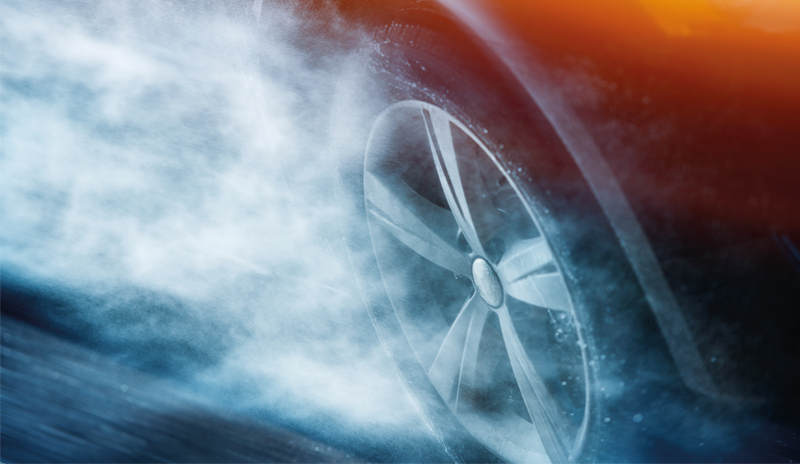Comer Industries is a market leader in mechatronic solutions and power transmissions. It has been using mesh-less CFD simulation in the early stages of the design of gearboxes and axles to predict and improve the performance of the lubrication levels of bearings, shafts and gears. Simulation allows them to identify potential lubrication and overheating issues before any prototype is built, while the greater understanding it creates of how the oil circulates helps to reduce churning losses. The same simulation methodology can also be applied to internal combustion engines and the cooling of electrical drive (e-drive) systems. The webinar will present industrial applications and validation approaches for numerical predictions.
Topic areaS
- Lubrication
- Cooling by oil jets
- Transmissions
- E-drives
- Mesh-less CFD
- Particleworks
Who should attend?
Engineers and technicians involved in product development using simulation. Technical and workshop managers


